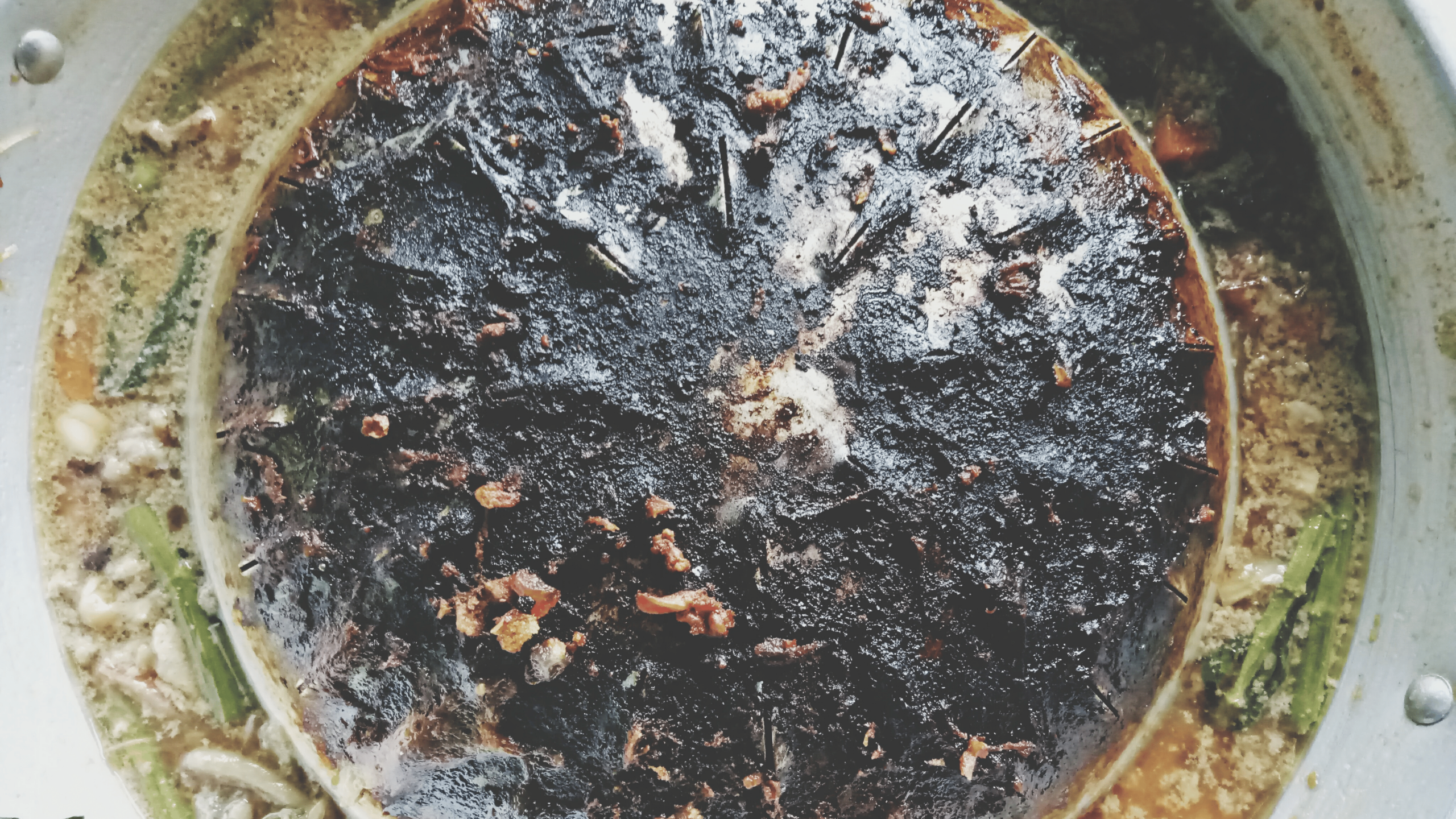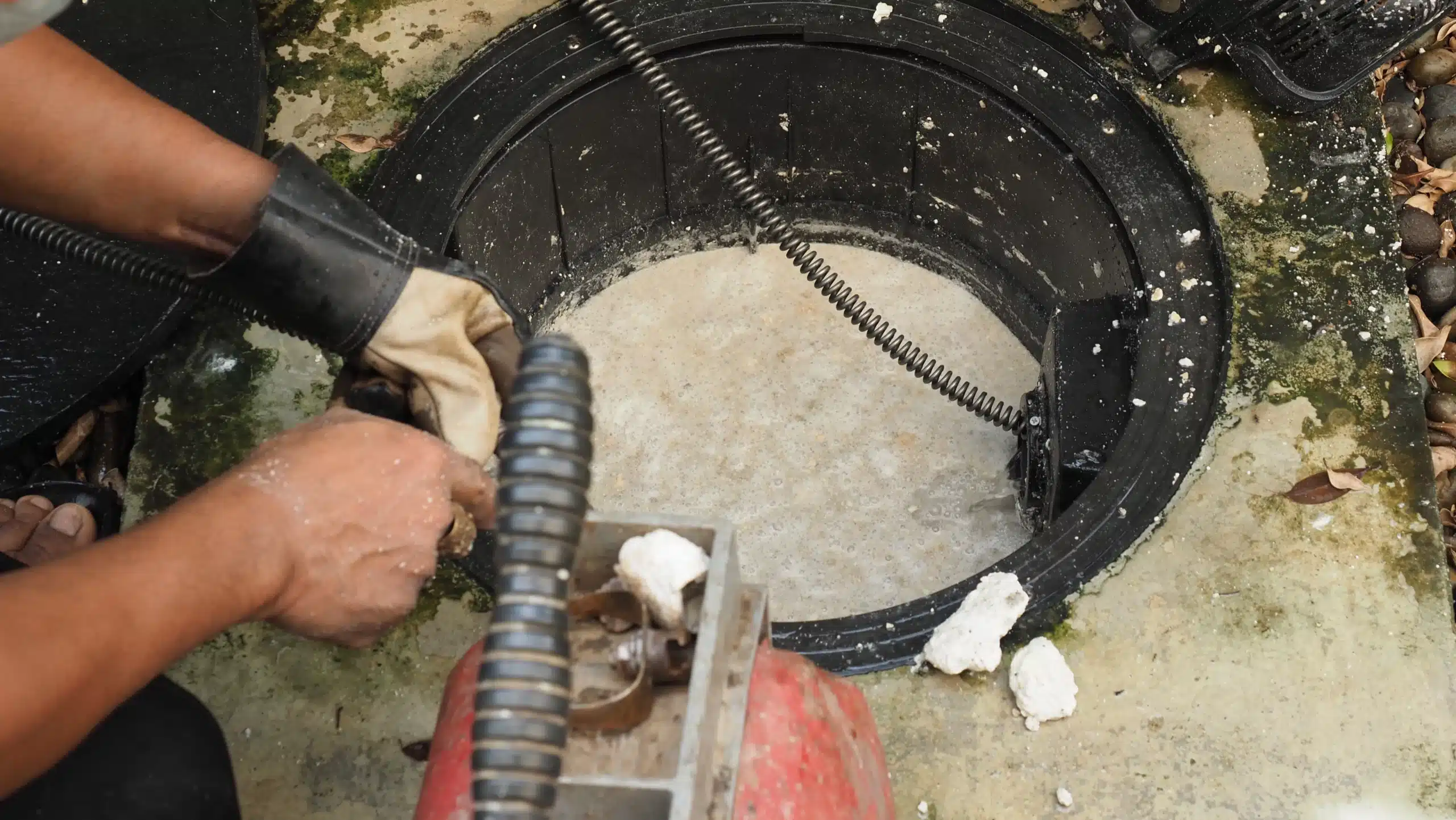If you are in the restaurant business, the law requires you to install a grease trap. Also called a grease or FOG (fats, oils, and grease) interceptor, its work is to capture as much of the used oil as possible. That way, the used cooking oil will not get into the sewerage system where it could clog up the pipes, and cause serious backing up of the sewage into the streets.
But installing the grease trap interceptor, which could be indoors (under the sink for small enterprises and outside for bigger ones), you also need to ensure that the grease trap pumping is performed in good time.
Sure, your kitchen staff could clean out the grease trap, but do you have the tools required for that kind of job? Also, do they have the skills required to pump the grease trap? You can see why you need to hire a professional grease trap cleaning team for the job.
Here is how the FOG trap pumping process works:
1. Removing the cover
If it has been some time since the trap was last pumped, the cover might be stuck tightly. Therefore, the cleaner will have to remove the debris around the cover of the FOG tank, since this contributes to making the cover stick.
It could also be having dried on grease that could make it harder to remove the cover. They have the tools, such as crowbars, to pry the cover open without damaging the plastic gasket on the inner side of the cover.
After removing the cover, you will see the grease floating on the water on one side of the tank. Usually, the tank is divided into two parts. The first part is where the water from the kitchen comes in.
The second tank is where the grease collects as the water goes out into the sewerage system.
2. Sucking out the FOG
To do this, the technician is going to insert a vacuum tube. As its name suggests, the tube creates a vacuum, which the FOG rush to fill, thus removing them successfully.
This vacuum pipe is going to remove the solids as well as the liquids in the tank. Once the solids are removed, the technician will keep grease trap pumping to remove the water.
During the grease removal process, the kitchen staff members should not pour water into the kitchen sink, as it will keep disrupting the process.
It is also important to remove all the water, even from the first compartment where the water from the kitchen gets in.
Once the grease tank is empty, it will be easier to inspect the tank for any damage.
3. Cleaning and inspecting the cover
Place the FOG tank cover close to the edge of the tank and using a scraper, the technician is going to remove any stuck grease. It is okay if the old grease falls inside the tank because it will be vacuumed out.
This is also the time to inspect the tank cover for damage. Specifically, the cover has a plastic gasket that can sustain damage easily. If it is worn out, it is not going to contain the bad odor from the old grease inside the tank.
Because of age, some grease tank covers also develop damage in the form of cracked edges and holes anywhere. If this is the case, the technician might recommend getting a new cover, or he might fix a new gasket if it is worn out.
When the cover is in good shape, it will be cleaned, both the exterior and the interior, and rinsed. It can then be set aside until the tank cleaning job is complete.
4. Cleaning the FOG tank with warm water and soap
Pumping the grease tank empty is not enough. You need to clean it thoroughly. Because grease attracts bacteria, you will notice a pungent smell coming from the tank when you remove the cover.
This odor is one of the reasons why you must clean the tank thoroughly. It requires the use of the right cleaning chemicals, but the grease trap pumping technician will have.
The trap walls and bottom will be cleaned out thoroughly. This is vital because it can reveal any anomalies in your tank.
To remove the old grease that is stuck on the walls of the FOG tank, the technician will use a scraper. They will scrape the old dirt out without causing any scratches or abrasions on the tank walls, since that could cause rusting.
Since you are using clean water to rinse the tank, the cleaner will use the vacuum tube to remove all the water. By this time, it would also be okay to pour hot water down the sinks in the kitchen. This is going to dislodge any old grease that is stuck on the pipes. The water will then be vacuumed out of the grease tank.
5. Inspecting the grease tank closely
The inspection of the tank comes after cleaning it, scraping the walls, cleaning the cover and vacuuming everything and all water out of the tank.
Now is the time to give the grease tank a good look-see. The technician will be checking for cracks in the walls, and in the bottom of the tank. If there are any, they might be repaired, or a new tank replacement could be recommended.
Every time a professional cleans the FOG tank, it is like giving it a new lease of life because they will only allow its further use if it is in good health.
6. Inspecting the inlet and outlet pipes for blockage
The grease receptor has an inlet through which the water from the kitchen comes in. It also has an outlet through which the water goes out into the sewerage system.
It is very important that both these two pipes be clear of any blockage. If there is a problem with either, the cleaner will not leave until everything is in good working order.
He will also ensure that the pipe connections in the tank are okay, and none of the pipes has cracks. After cleaning these pipes, the job is almost done.
7. Checking the baffles and replacing the lid
The baffles in the grease interceptor are included to prevent the swirling of fluid when it gets into the tank. However, they too could lose their sturdiness and this would affect their purpose. The cleaner will check whether they are in good shape.
If everything is in good shape, the cleaner will replace the lid securely to ensure it is tight. The kitchen is now ready for use.
The cleaners will leave everything clean, and they will also take the old grease with them for recycling or disposal.
Wrapping it up
From this write-up, you can see that cleaning the FOG interceptor is not so easy, and it does require the use of specialized tools.
Therefore, you do not want to attempt to do this, or to relegate the job to one of your kitchen staffs.
It is recommended you engage a grease trap cleaning service from your area. You can hire the right grease trap cleaning company like Grease Collection, that can offer regular services is crucial to restaurant business.


